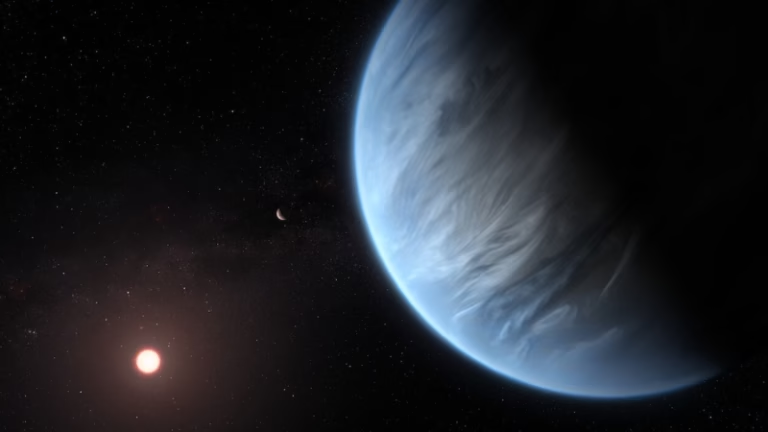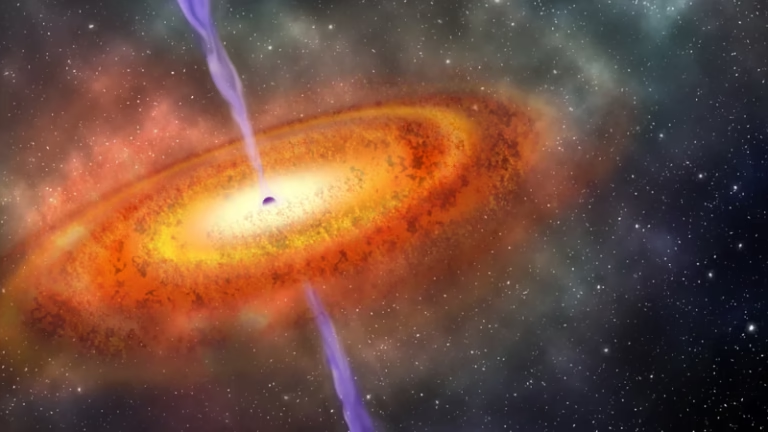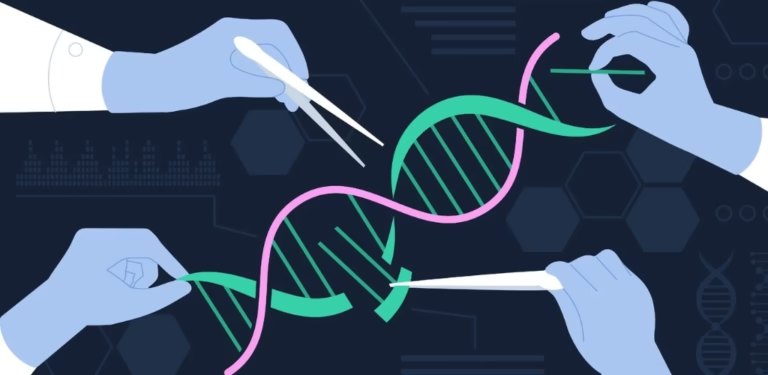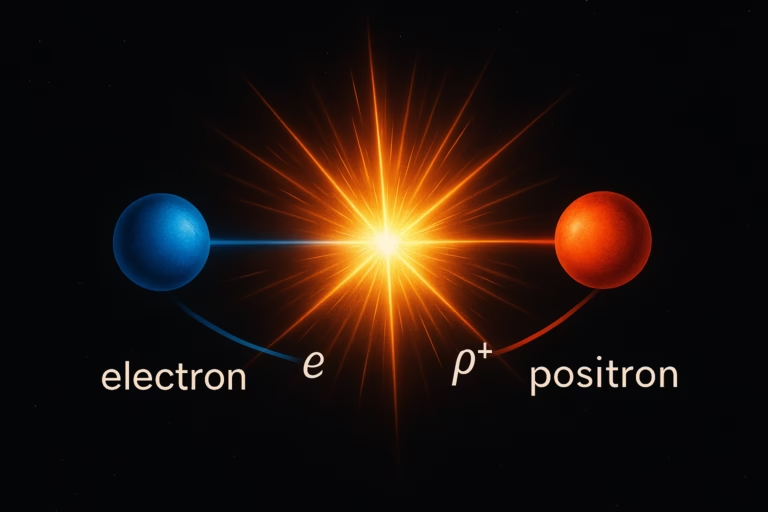Exploring the Doppler Effect and Redshift: How Colors and Sounds Change as Things Move
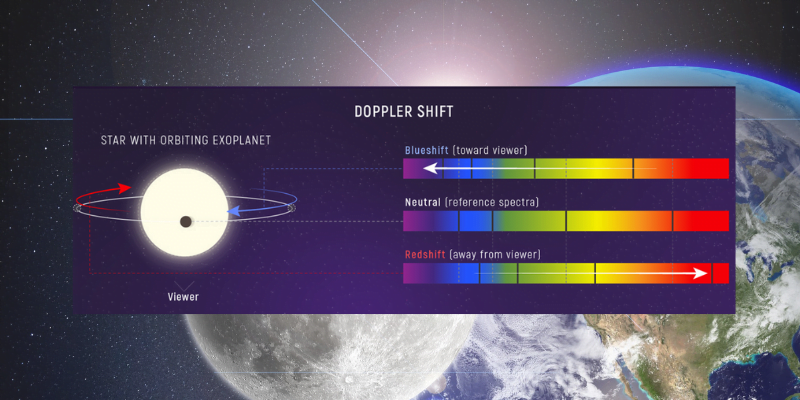
Exploring the Doppler Effect and Redshift: How Colors and Sounds Change as Things Move
Hey there! Today, we’re going to talk about something really cool called the Doppler Effect and its cousin, redshift. They might sound fancy, but we’ll break it down in simple terms, promise!
What’s the Doppler Effect?
Imagine you’re standing on the sidewalk as a fire truck zooms by with its sirens blaring. As it comes towards you, the sound is high-pitched and intense. But as it passes and moves away, the sound seems to drop in pitch. That’s the Doppler Effect in action!
The Doppler Effect happens because sound waves get squished together (compressed) when the source is moving towards you, making the pitch higher. And when the source moves away, the waves stretch out, lowering the pitch.
Doppler Effect with Light: Redshift and Blueshift
Now, let’s talk about light! Just like sound, light waves can also get stretched or squished when things move. But instead of changing pitch, they change color! When something is moving towards you in space, its light waves get squished together, making it look bluer. This is called blueshift.
Conversely, when something moves away from you, its light waves get stretched out, making it look redder. This is called redshift. Astronomers use redshift to figure out how fast distant galaxies are moving away from us and how far they are!
How Does Redshift Help Us Understand the Universe?
Okay, so why is redshift so important? Well, imagine you’re looking at stars through a telescope. If a star’s light is redshifted, it means the star is moving away from us. And if it’s blueshifted, it’s coming towards us!
Scientists discovered that almost all galaxies are moving away from us, and the farther they are, the faster they’re speeding away! This led to the big idea of the expanding universe—like raisins in a rising loaf of bread, galaxies are moving away from each other as the universe grows.
Wrapping Up
So, there you have it! The Doppler Effect and redshift explained in simple terms. Whether it’s the sound of a passing ambulance or the light from distant galaxies, the way waves change as things move helps us understand the world around us, from the streets to the stars!
Next time you hear a siren or gaze up at the night sky, remember the magic of the Doppler Effect and how it’s helped us unlock the mysteries of the universe. It’s like a colorful symphony playing out in the cosmos
Redshift:
Redshift occurs when an object emitting light moves away from the observer. As the object moves farther away, the wavelengths of the light it emits become stretched, causing them to shift towards the longer, redder end of the spectrum.
Here’s how it works:
- Imagine you’re looking at a distant galaxy through a telescope. If the galaxy is moving away from us, the light waves it emits get stretched out as it moves farther away.
- This stretching causes the wavelengths of the light to become longer, which makes the light appear more red.
- The farther away the galaxy is and the faster it’s moving away, the greater the degree of redshift.
Blueshift:
Conversely, blueshift occurs when an object emitting light moves towards the observer. As the object approaches, the wavelengths of the light it emits become compressed, causing them to shift towards the shorter, bluer end of the spectrum.
Here’s how it works:
- If a galaxy or star is moving towards us, the light waves it emits get compressed as it approaches.
- This compression causes the wavelengths of the light to become shorter, which makes the light appear more blue.
- Just like with redshift, the degree of blueshift depends on the speed and direction of the object’s motion relative to the observer.
Applications:
Astronomy: Astronomers use redshift and blueshift to study the movement of celestial objects in space. By measuring the degree of redshift or blueshift in the light emitted by galaxies and stars, astronomers can determine their velocity and direction of motion relative to Earth.
Cosmology: Redshift plays a crucial role in understanding the expansion of the universe. The observation that distant galaxies exhibit redshift indicates that the universe is expanding, with galaxies moving away from each other over time.
Doppler Radar: In meteorology, Doppler radar uses the Doppler Effect to measure the speed and direction of precipitation. By analyzing the shift in frequency of radar waves reflected off raindrops or snowflakes, meteorologists can track the movement and intensity of storms.



